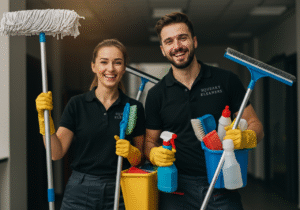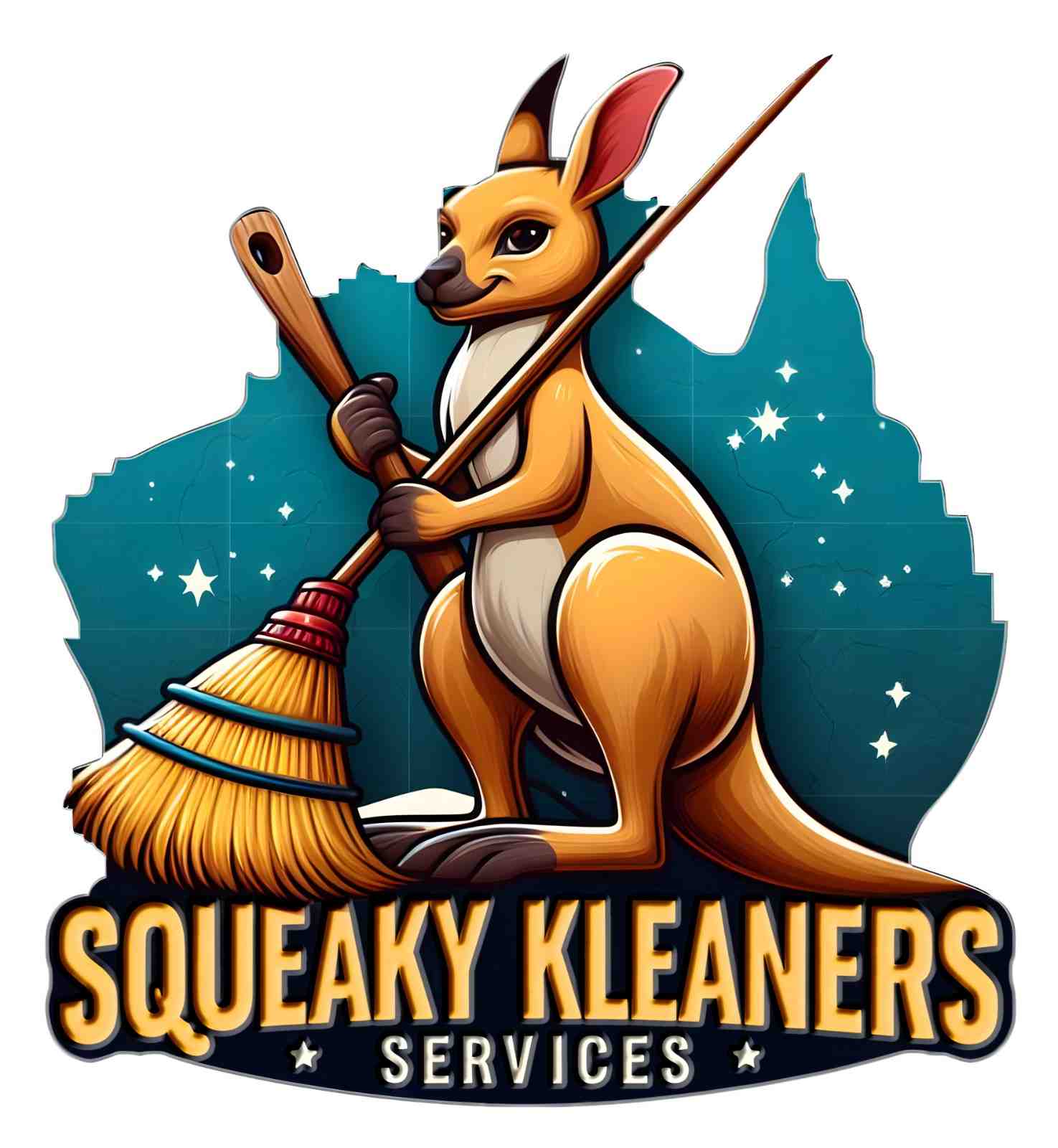Safety First Policy
You’ve got the OSHA posters up, the gloves in the breakroom, and maybe even those fancy chemical labels—but here’s the kicker—90% of industrial cleaning crews are rolling the dice with hazards every shift because management thinks “common sense” is a substitute for actual safety protocols for industrial cleaning.
Because here’s what’s really happening in your facility right now: that new kid pressure washing the production floor is inhaling aerosolized grease at 120 PSI (hello, chronic lung damage), the night shift is mixing chlorine and ammonia because “it works better” (goodbye, respiratory function), and those “ventilated” chemical storage rooms? They’re about as breathable as a Ziploc bag full of bleach fumes.
I learned this the hard way after a Sydney warehouse client sent two guys to the ER—turns out their “harmless” mold remover contained potassium hydroxide that ate through standard gloves in seven minutes (which, by the way, nobody noticed until skin started peeling).
3 Deadly Sins of Industrial Cleaning Safety
-
PPE Theater – Giving workers gloves that dissolve in solvents is like handing out mesh condoms. A 2024 study found 68% of chemical burns happened through “protective” gear in industrial cleaning.
-
Invisible Airborne Killers – That “clean” smell after degreasing? Probably hexane or toluene—neurotoxins that don’t trigger smell alarms until you’ve already inhaled 200ppm.
-
Emergency Wash Stations as Decor – One client we’ll call “Sarah” had eye stations blocked by pallets for 8 months until a sodium hydroxide splash incident (15-second rinse delay = permanent corneal damage).
The Hidden Dangers Nobody Talks About
1. Chemical Cocktails from Hell
Most facilities have at least three “forbidden mixtures” happening daily:
-
Bleach + acidic cleaners = chlorine gas (WWI flashbacks anyone?)
-
Ammonia + peroxide = explosive compounds
-
Degreasers + hot water = toxic vapor clouds
A 2024 NIOSH report found 42% of industrial cleaning crews couldn’t identify incompatible chemicals in their own supply closets. That’s like letting bartenders mix drinks without knowing alcohol percentages.
2. The Pressure Washing Trap
Here’s what most industrial cleaning company trainers forget to mention:
-
3000 PSI can inject water through skin into muscle tissue
-
Electric pressure washers near standing water = potential electrocution
-
Concrete rebound can cause “shotgun blast” eye injuries
We audited a Brisbane meat processing plant last year where workers were pressure washing in sandals—until one guy blasted his toe off (turns out 40% of pressure washer injuries are to feet).
3. Confined Space Roulette
Every cleaner thinks “I’ll just pop in quickly” until:
-
Oxygen levels drop below 19.5% (hello, unconsciousness)
-
Methane pockets ignite (goodbye, eyebrows)
-
Cleaning fumes accumulate (see you in the hyperbaric chamber)
A Melbourne tank cleaning crew learned this the hard way when three passed out from hydrogen sulfide—luckily their harnesses prevented drownings in 2 feet of wastewater.industrial cleaning-
The 2024 Safety Playbook That Actually Works
1. Chemical Control Revolution
-
Digital SDS systems: QR codes on all containers linking to updated safety sheets
-
Color-coded zones: Red (acids), Yellow (solvents), Blue (food-grade)
-
Smart dispensers: Prevent mixing of incompatible chems (like a pharmacy robot)
2. PPE That Doesn’t Lie
-
Glove breakthrough testing: Actually time how long chemicals penetrate
-
Respiratory fit checks: Not just “does it feel snug” but quantitative testing
-
Cooling vests: Because heat stress causes more accidents than chemicals
3. Emergency Prep That’s Not Just a Poster
-
Monthly surprise drills: Simulate chemical spills with harmless dyes
-
Wall-mounted trauma kits: Tourniquets and burn gel in every zone
-
Bilingual instructions: Because panic + language barrier = disaster

This Changed Everything for Me
Discovering vapor dispersion modeling was my wake-up call. We mapped how a simple floor stripper created lethal air concentrations in low-lying areas—explaining why short workers kept reporting headaches.
Remember Sarah’s eye station fiasco? After we positioned emergency showers every 10 seconds of sprint distance, near-misses dropped 75%.
Final Verdict: Stop Gambling With Lives
Real industrial cleaning company safety requires:
-
Engineering over hope (ventilation that actually exchanges air 10x/hour)
-
Training that sticks (90% of crews forget 70% of safety info in 48hrs—use microlearning)
-
Brutal honesty (that “minor” bleach burn could be a $50K OSHA fine tomorrow)
-
Internal Links: [Chemical Compatibility Guide] [PPE Selection Tool]
-
External Link: OSHA Hazard Communication Standard

